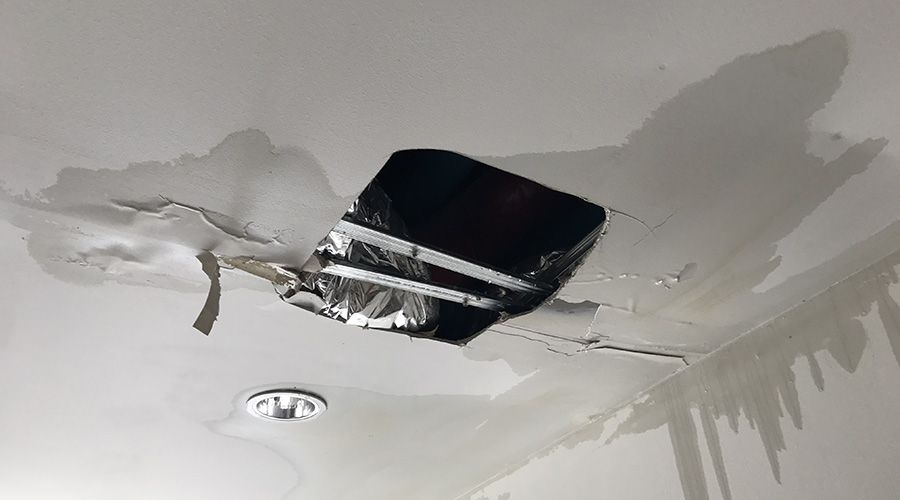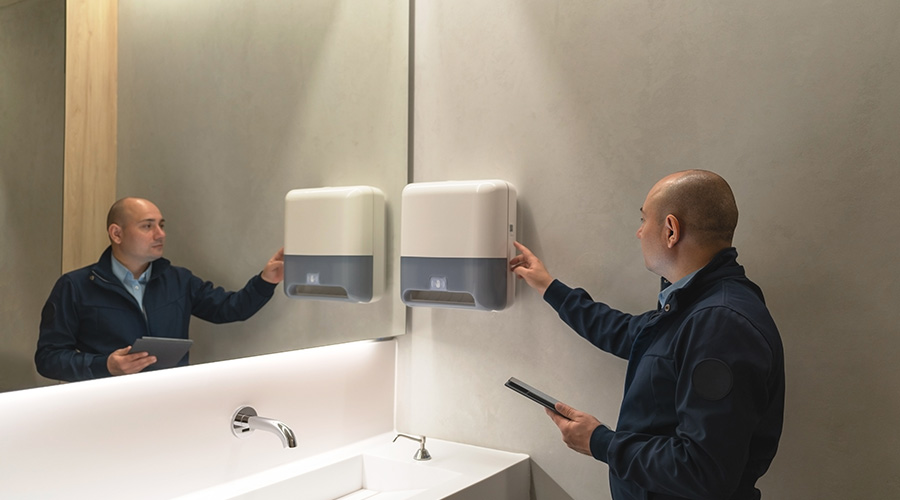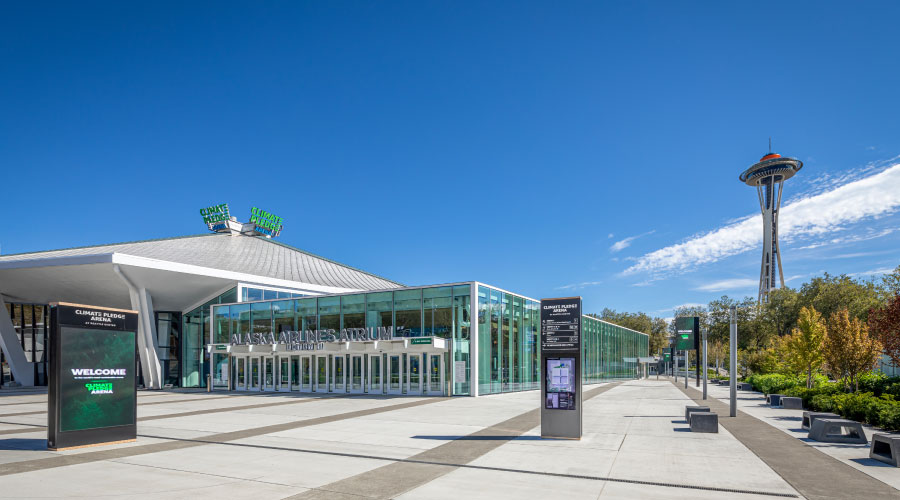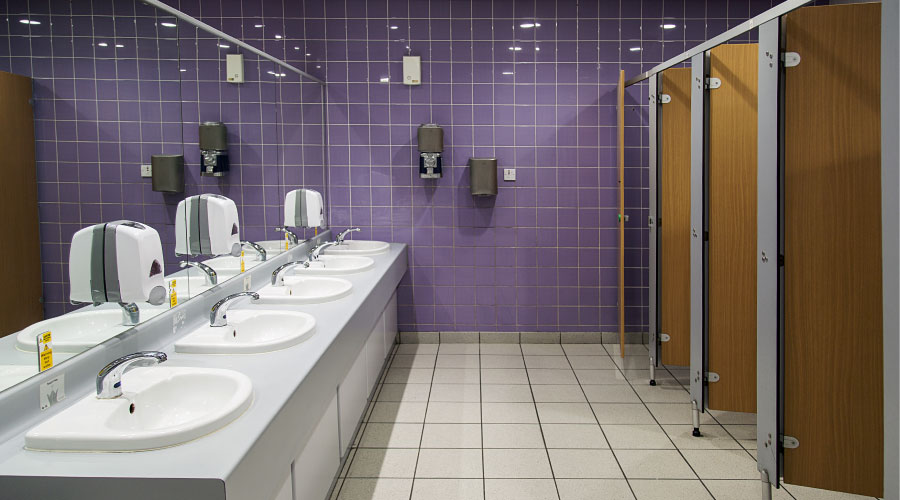Save Water with the Help of EPA's WaterSense Label and Local Utilities
Even as the green movement has gained speed, the concept of saving water has mostly been a regional concern. And while water-efficient fixtures are available, they haven't been used nearly as extensively as energy-efficient products. Facility managers may have thought the options for water efficiency were either to go completely zero-water-consumption (think urinals) or implement operational strategies to reduce consumption (think chillers). Now, the U.S. Environmental Protection Agency 's WaterSense label is elevating water-efficiency awareness to a national level. The label, like Energy Star, will give facility managers a seal of approval for water-efficient products.
WaterSense: What is it?
WaterSense is a voluntary program that certifies water-efficient products. Started in 2007, the program has largely focused on plumbing fixtures and irrigation devices. According to Veronica Blette, director of the WaterSense program, several concurrent developments led to the EPA's development of the WaterSense label, with regional utilities as some of the most enthusiastic supporters.
"We were seeing droughts in places across America becoming a lot more severe," she says. "And lately manufacturers have made big strides in the performance of their water-efficient products. Utilities wanted to encourage use of those products and, as a result, they have really driven a lot of this."
Blette says utilities initially developed localized certification for efficient devices, but soon wanted to go beyond that. "They wanted a kind of national registry," Blette says.
The products bearing the WaterSense label need to perform as well as or better than their less efficient counterparts and be about 20 percent more water-efficient than average products in their category.
Products are independently tested and certified to meet the criteria in the WaterSense specification for that product, says Stephanie Tanner, lead engineer for the WaterSense program.
At the moment, toilets, bathroom faucets, showerheads, irrigation and flushing urinals bearing the WaterSense label are available.
Specifications for water softeners, spray nozzles (for commercial food preparation), and other products are in development, Tanner says.
Initially, WaterSense focused on residential products. Late in 2009, the EPA announced its Commercial and Institutional WaterSense program (CI). Still in development, Blette said the EPA is examining additional products specific to the needs of CI customers.
Current certifications also apply to commercial facilities, says Tanner.
"Some of the current certifications — especially for irrigation products — are designed for residential use but our payback findings can be scaled up for commercial users," she says.
But beyond certification, the EPA is in the process of examining myriad questions for a CI sector program, including potential program structures, how to offer technical assistance, and whether an awards program or incentives are merited, among other considerations.
In the Meantime
Until the CI program is available, facility managers should turn to their local water utilities for help.
"These programs have been operating at the local level for many years," says Blette. "Local utilities and governments often use a combination of water audits and rebates to achieve results."
Payback on the retrofits varies. One incentive utilities often offer to soften the blow of first-cost considerations is free or low-cost fixtures.
"Utilities have been very aggressive with this," Blette says. "Aside from any obvious cost reductions for them, they frequently can lower their infrastructure costs as well."
For example, the San Antonio Water System (SAWS) rebates up to 50 percent of the cost of new water-saving equipment and has a high-efficiency toilet distribution program, in which high-efficiency toilets are provided to commercial customers for free and installed in non-profit organizations for free.
The recent adoption of WaterSense labels has made things easier, according to Sarah Gatewood, SAWS communication specialist. She says much of SAWS' water-efficiency work targets residential and industrial customers, but the utility has seen much greater interest from commercial and institutional users recently.
With a commercial and institutional program in the works through the EPA, facility managers will begin to see more low-flow products labeled for use in their buildings. Nevertheless, most facility managers should start with their local utilities to determine what is available and to have a water audit performed.
WAYS TO SAVE
Tips for Commercial Water Efficiency
Indoor/Domestic Water
- Install high-efficiency dishwashing equipment and run only when full. Install high-efficiency pre-rinse spray valves.
- Install a garbage strainer instead of a garbage disposal.
- Use air-cooled flake ice machines.
- Retrofit restrooms with high-efficiency toilets, urinals, lavatory faucets and showerheads.
- Install high-efficiency clothes washing machines in laundry operations and run only when full.
- Assure that steam sterilizers are equipped with tempering water flow controls.
Cooling and Heating
- Optimize cooling tower performance to achieve the maximum cycles of concentration.
- Consider alternative sources of water for cooling tower makeup.
- Eliminate the use of single-pass cooling.
- Return steam condensate to the boiler.
Outdoor Water Use
- Use a weather-based irrigation control or soil moisture sensor for automatic irrigation system control.
- Choose native, drought-resistant plants for landscaping.
- Audit and optimize irrigation systems to achieve maximum distribution uniformity of water.
Source: EPA
|
Related Topics:












